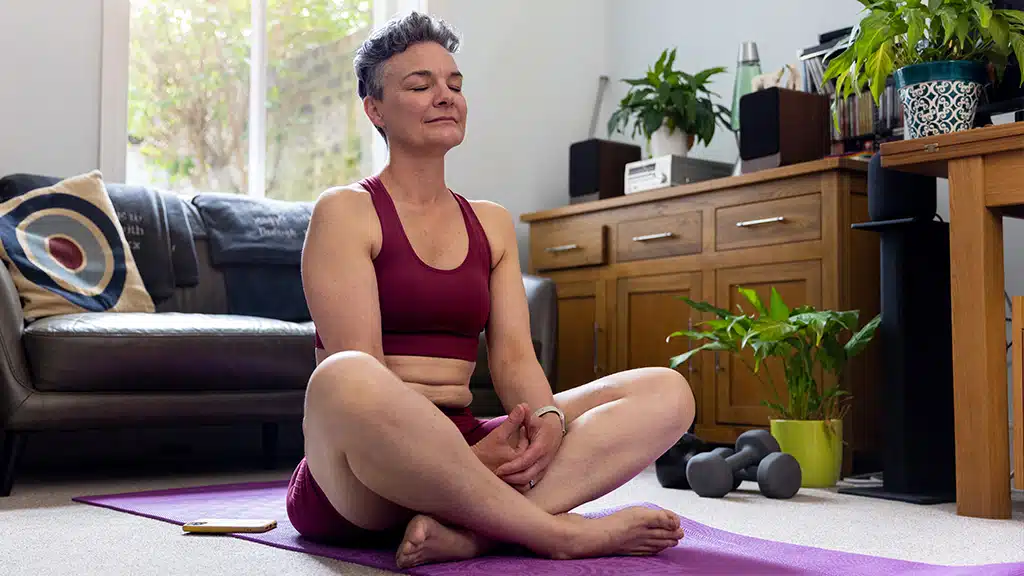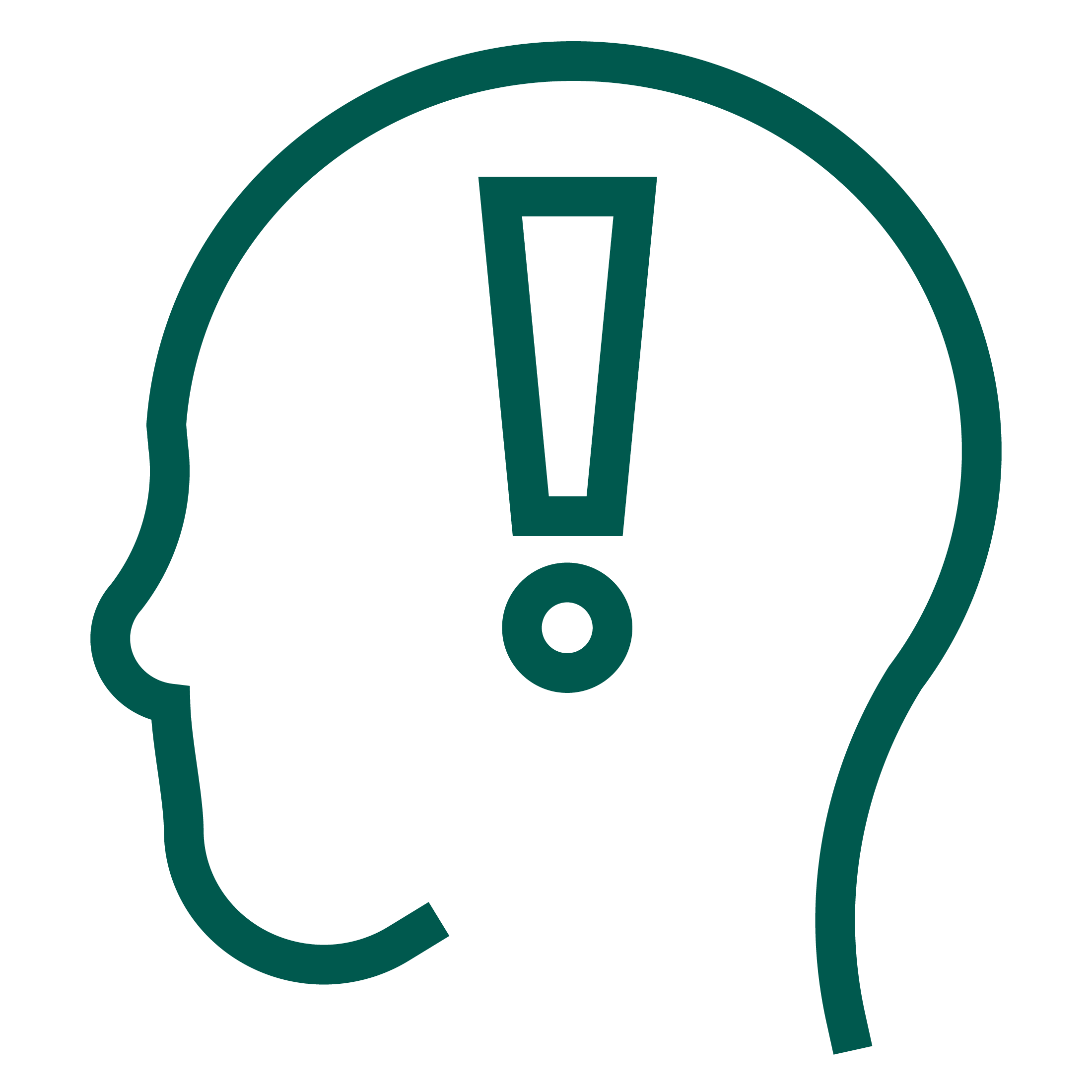Saprea > Online Healing Resources >Common Symptoms: Panic Attacks
What Is a Panic Attack?
A panic attack is a sudden episode of intense fear that triggers severe reactions when there is no real danger or apparent cause. Panic attacks are typically unexpected, coming on without any warning, and can last anywhere from a few seconds to several minutes. Although panic attacks are not life-threatening, they are often very frightening for those who experience them. In some cases, the overwhelming fear can be so intense that the individual might think they are suffering a heart attack or another health condition they may not surive.1
What Causes a Panic Attack?
Many people may experience one or two panic attacks in their lifetimes, which can be brought about by a host of causes, such as:1,2
- A tragic event
- A stressful job
- Phobias
- Public speaking
- Social situations
- Driving
- Withdrawals from drugs or alcohol
- Memories of trauma
- Chronic illnesses
- Underlying anxiety or panic disorders
How Is a Panic Attack Different from Anxiety?
Although panic attacks and anxiety can be linked, there are a few differences between the two. Panic attacks come on in sudden, concentrated episodes and involve a high level of fear and physical symptoms (see list below).
Anxiety, on the other hand, is a more general emotion, one that can be drawn out for long periods of time and can be characterized by feelings of dread, anticipation, tension, or worry. Anxiety can accompany the anticipation of a stressful event, dread over outcomes that are unknown, and/or other mental health struggles like depression or loneliness. Anxiety is a very common part of everyday life. In fact, there are over 3 million cases of anxiety disorders in the US each year.3
While anxiety and panic attacks are different, anxiety can often cause or contribute to the onset of a panic attack. For instance, someone may be feeling anxiety about an important social event they are about to host. And while anticipating this event, the anxiety can escalate into a panic attack. This would be an example of someone experiencing a panic attack and an “anxiety attack,” at the same time. That being said, while anxiety can lead to panic attacks, not all panic attacks are caused by anxiety. They can occur seemingly out of the blue, with no obvious stressors.2
What Does a Panic Attack Feel Like?
Typically, when you have a panic attack, you will experience one or more of the following symptoms:1,2
- Accelerated heart rate
- Fear of having no control
- Fear of having a heart attack
- Fear of possibly dying
- Perspiration
- Trembling hands
- Shaking throughout the body
- Tightness in the throat
- Shortness of breath
- Dryness in mouth
- Chills
- Hot flashes
- Upset stomach
- Abdominal cramps
- Pain or tightness in the chest
- Headache
- Dizziness or lightheadedness
- Numbness or tingling sensation
- Feelings of disconnection from reality
- Feelings of exhaustion afterwards
Why Do Many Survivors of Child Sexual Abuse Have Panic Attacks?
As discussed above, there are a variety of stressors that can cause panic attacks. However, one cause that is more common among survivors of trauma is symptoms of post-traumatic stress. This can be especially true for survivors of child sexual abuse who experienced their trauma at a young age while the brain was still developing. Because even after the abuse stops, and the child or teen ages into an adult survivor, their limbic system can remain hyperalert, on constant lookout for any signs of danger. With the brain already in this heightened state of stress, a survivor may be more susceptible to panic attacks. They may also have more difficulty managing the symptoms should one occur.
Does a Panic Attack Mean I Was “Triggered”?
In some cases, yes. Unfortunately, when the brain is always in a state of hypervigilance, it may react to something it thinks is a threat when, in actuality, what the brain reacted to was not a threat but a reminder of the very real threats of the past. These reminders of past trauma are what we call triggers. Triggers can be anything from a song to a scent to a ceiling fan to the appearance of a stranger in the store. However seemingly small or insignificant these reminders may be, they carry a strong enough connection to the past trauma for the hyper aroused brain to pick up on. The limbic system will then react to this connection by setting off alarm bells, believing you to be in danger. For instance, you may see a curtain pattern that reminds you of a room from your childhood where you were sexually abused. Making the connection, your limbic system might confuse the past with the present and perceive you to be in the same danger you experienced as a child.
And because the threat of danger can seem so real, your body may respond to these alarm bells in a number of ways. You might have a flashback, forget where you are, or feel a physical pain in your neck and shoulders. In some cases, you may zone out, which is called “dissociating.” And in other cases, you may experience a panic attack. In these instances, the survivor can be seized by a sudden panic, overcome by an intense fear and certainty that danger is imminent.
Can Panic Attacks Kill Me?
No. The panic attack itself is not fatal, even when it feels that way during the panic of the moment. That being said, panic attacks can affect your life and overall health in other ways.
Panic attacks can be so frightening that a survivor may live in a state of constant fear and anxiety over when the next attack will occur. Given that a survivor’s brain might already be on high alert due to the trauma it experienced in childhood, this additional layer of dread and panic can lead to further toxic stress and exhaustion. Such a high degree of anxiety on an already stressed brain can take a toll on the survivor’s physical health and emotional well-being.
Not only does this dread of future attacks affect a survivor’s stress level, it can also disrupt their day-to-day routines. A survivor may avoid certain places, areas, or events where they feel it would be difficult or embarrassing to experience an attack. They may also avoid activities, social events, conversations, and places that may remind them of their trauma and incite another panic attack. In some cases, an individual may develop a fear of leaving the house altogether. And while it’s natural and even important for a survivor to establish boundaries around potential triggers, avoiding people and events to the point of feeling cut off or isolated can lead to additional distress that is not conducive to healing.4
How to Deal with Panic Attacks
Panic attacks can be very scary, but there are ways to reduce or even eliminate them from your life. If you are experiencing panic attacks on a recurring basis, we strongly urge you to seek the help of a medical professional as soon as possible.
In addition to seeking medical treatment, there are tools and strategies you can practice on your own to help manage the severity of panic attacks and their impact on your daily life. As you test out and practice these resources, it’s helpful to remember that you are working with your body, not against it. This fact can sometimes seem difficult to believe, especially when you are having feelings of frustration, betrayal, or distrust towards your brain and body for responding in ways that put you through so much fear and stress. And yet, despite how it can sometimes feel, your brain and body are both working to keep you safe.
As you engage in these strategies, we encourage you to do so with both an Acknowledgement towards the very real feelings of distress you’ve had to endure, as well as feelings of patience, kindness, and compassion towards your body and the ways it has worked with your brain to help you survive.
Resources to Help Manage Panic Attacks

Grounding Techniques

Paced Breathing

